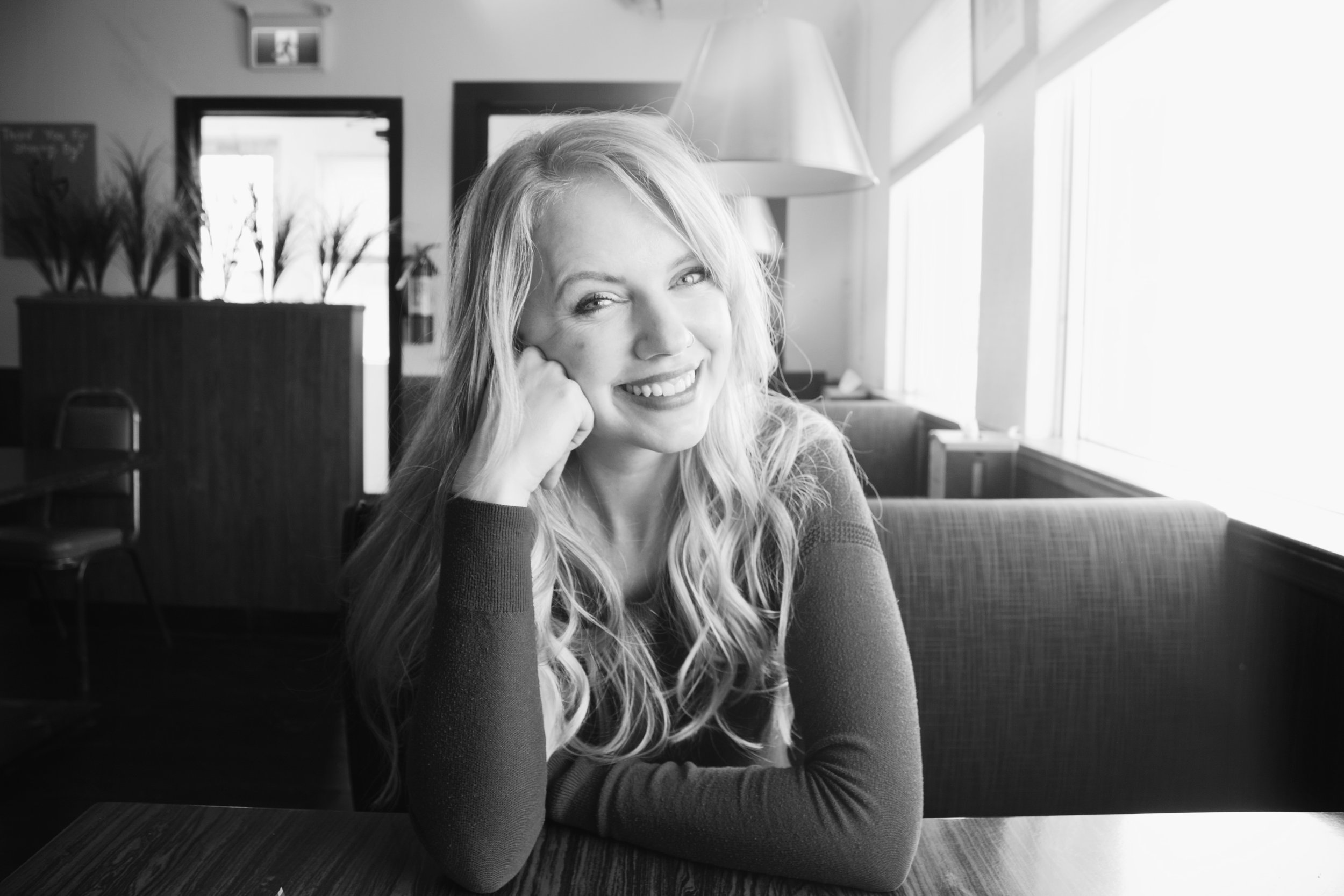There is a school of thought that says we should live every day like it is our last. The impracticality of doing that should be obvious enough, although the spirit of that ideal carries a certain allure. Suzy Krause manages to capture something of both the impracticality and the allure, not to mention the sheer nightmarish absurdity of the world’s impending doom in her novel I Think We’ve Been Here Before (Radiant Press, 2024). Love, both romantic and familial, are put through the wringer in this story of human foibles juxtaposed against global doom. It is a kind of sci-fi tragi-rom-com, if you will.
Nora is a young woman from rural Saskatchewan who has travelled to Berlin to get over her broken heart. Through a work-abroad program, she has arranged employment at the coffee shop Begonia. On her first day she meets Jacob and feels a strange déja-vu-like connection to him. She also has two roommates who rent a flat, Sonja, a flakey American, and Petra from Hamburg, whose domineering Teutonic personality flusters Nora.
I Think We’ve Been Here Before by Suzy Krause (Radiant Press, 2024). Read an excerpt from the novel here.
Back in Saskatchewan, Nora’s parents, Hilda and Marlen, are hosting a traditional Norwegian-Canadian Thanksgiving dinner for Hilda’s sister Irene, her husband Hank, their twelve-year old son Ole and Hilda’s and Irene’s father, Iver. It is in this holiday gathering where Hilda announces that Marlen has a malignant tumour signifying cancer.
The following day, NASA announces a rare double gamma ray burst outside of Earth’s solar system that will cause the world to end in roughly three months.
Reactions to this news vary in both of the novel’s locales. Shops and general services suffer slowdowns and closures. In Berlin, Nora and Sonja are scrambling to find flights back to their home countries. Petra, on the other hand, takes a much more ironic and detached (almost morbidly so) view of Earth’s imminent demise. She initiates outings for the three of them, such as getting a tattoo, going skydiving and an evening out at an exclusive night club. You know, millennial end-of-the-world stuff.
In Saskatchewan, Hilda’s anxiety increases because she cannot contact Nora, but strives to keep what time is left of hers and Marlen’s lives as normal as possible. She maintains her sanity by painting murals in all the rooms of their house. Hilda is influenced by an anonymous pamphlet that says the whole gamma ray thing is a hoax, which causes her and Hank to argue, which causes their son Ole to run away from home and live with his grandfather Iver, who believes that Ole is his dead son. In the meantime, Marlen has fulfilled his lifelong dream of writing a novel about the end of the world and gets it published.
It's probably best not to reveal any more but at some point, Jacob comes back into Nora’s life and explains the theory of quantum entanglement.
“Okay, so quantum entanglement is basically when a group of particles become linked in such a way that they can’t be described independently of each other, even when they’re separated by great distances. Scientists have found a way to do it, which is absolutely mind blowing, but it’s a thing that occurs naturally, too, without any help from people—which is maybe even more mind blowing? And once they’re linked, they’re linked forever, I think, and it doesn’t matter how far apart they are. Like, you could put one of the linked particles in a spaceship and send it to the moon, and whatever you did to the remaining particle on Earth would also happen to the one on the moon. They act like one particle, even though they’re far apart.”
As it happens, this theory also appears in Marlen’s novel and he explains it to Hilda.
In a way, I Think We’ve Been Here Before seems to be a kind of quantum entanglement of genres and styles, mixing the downhome qualities of Canadian prairie life with the European exoticism of urban Berlin. The writing style adopts an almost Hallmark romantic lightness, such as when Nora and Jacob take it upon themselves to embark on a guerilla operation of Christmas decorating of Berlin’s mostly abandoned buildings, while the gloomy deterioration of the world order is taking place. Krause’s meta-device of having Marlen write a novel about the end of the world becomes the pay off, when she quotes from it directly to end her own novel.
At its core, I Think We’ve Been Here Before is about a shared alienation, the culture of transformation and the illusion of permanence. It is a petri dish cultivating the birth pangs, growing pains and death rattles of our ongoing transience. As one character says:
“You think things like this are going to change you into someone else, but generally they make you more of who you already are. That’s true of lots of things. Tragedies. Weddings. Ends of civilization.”
Author Suzy Krause.
ABOUT SUZY KRAUSE:
Suzy Krause is the bestselling author of Sorry I Missed You and Valencia and Valentine. She grew up on a little farm in rural Saskatchewan and now lives in Regina, where she writes novels inspired by crappy jobs, creepy houses, personal metaphorical apocalypses, and favorite songs. Her work has been translated into Russian and Estonian.
Author Steven Mayoff
About Steven Mayoff:
Steven Mayoff (he/him) was born and raised in Montreal. His fiction and poetry have appeared in literary journals across Canada, the U.S. and abroad. He is the author of the story collection Fatted Calf Blues, winner of the 2010 PEI Book Award for Fiction; the novel Our Lady of Steerage; and two books of poetry Leonard’s Flat and Swinging Between Water and Stone. His acclaimed novel, The Island Gospel According to Samson Grief, was released by Radiant Press in 2023. Steven lives in Foxley River, PEI.




